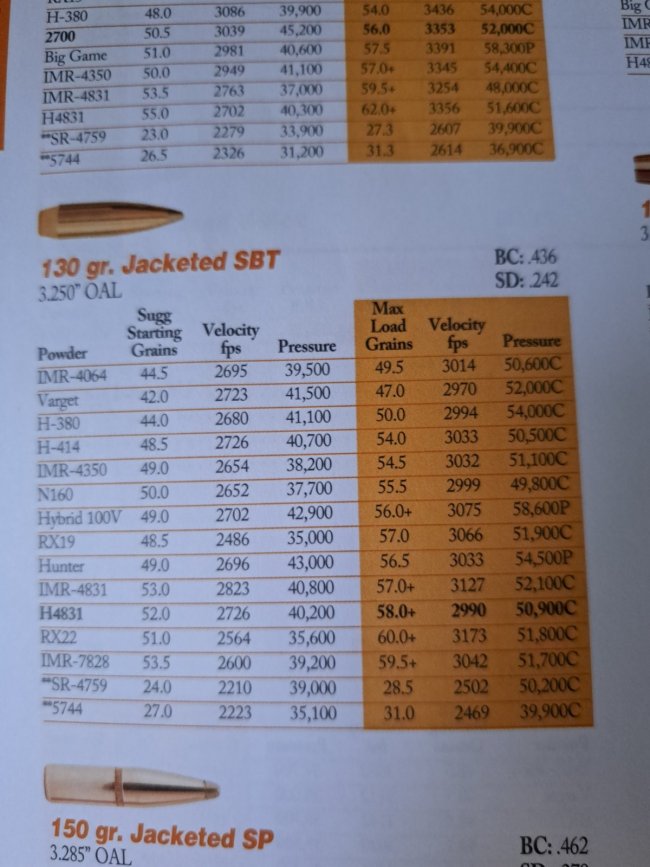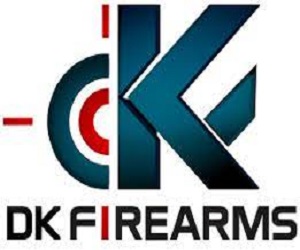Squaregrouper
Kragaphile
IMR 4350, H4350 and Accurate 4350 or IMR 4227 and H4227 will have similar burn rates, but not identical.SG,
I was going to say that too. I have 2 editions of the Lee manual, and one Hornady.
The Lyman looks like a good one too.
Now to go along with what danimal was asking, I had seen in your chart where there is IMR 4227 and H4227. look at their variation in numbers. In some notes I had regarding my first loads of .270 back in 2010 when my buddy was helping me do my first session ever. I saw the powder he wrote down on the log as IMR H 4350. I do have 4350 but it is IMR and no H4350. By the Lee Manual for 130 Gr, Jacketed bullets, I am showing IMR 4350 starts at 50.2gr and max is 55.0, while H4350 is 51.0 and 54.3.
What does your Lyman manual say for these 2 powders and 130 gr Jacketed bullets?
This thread is for beginning reloaders, so I don't want to go into it further. New reloaders should always stick with published data- start low and work up.
.



